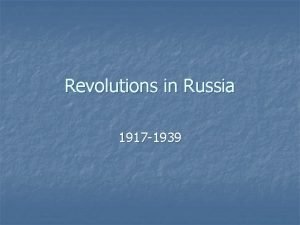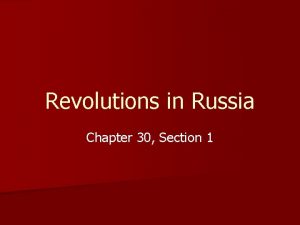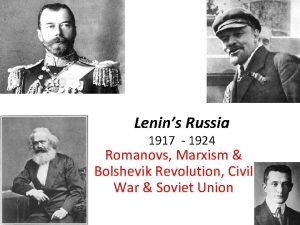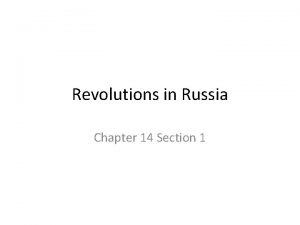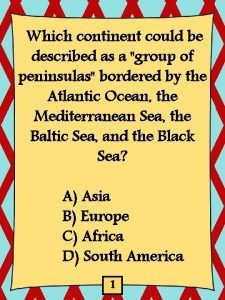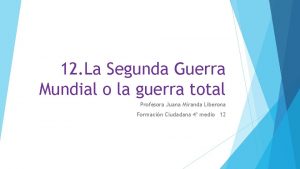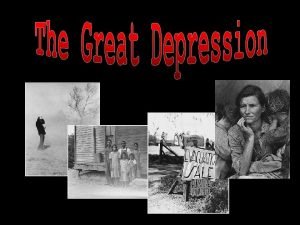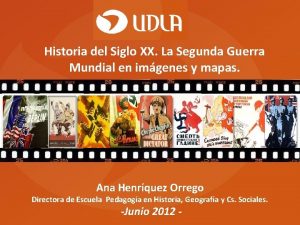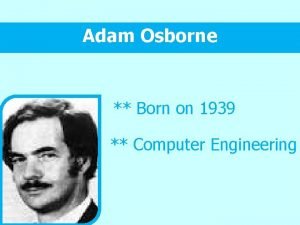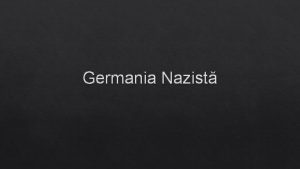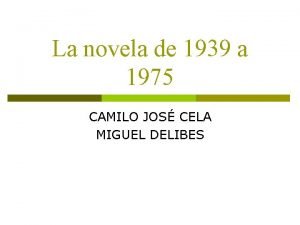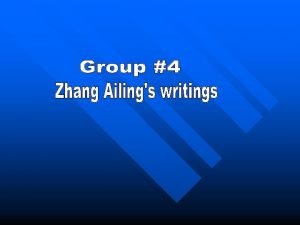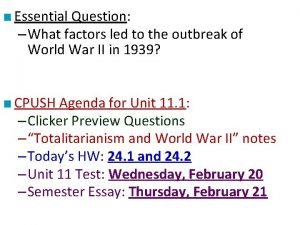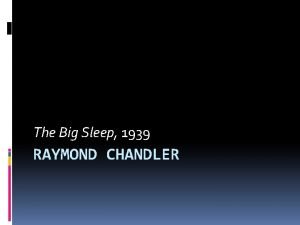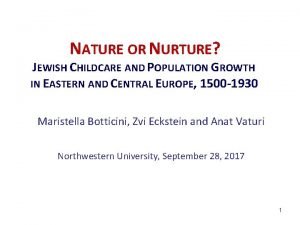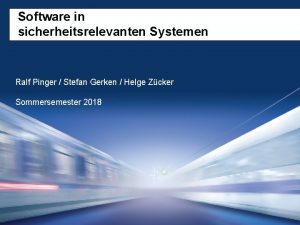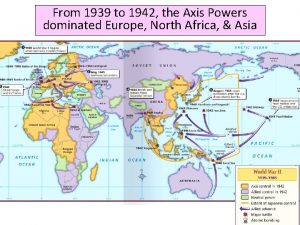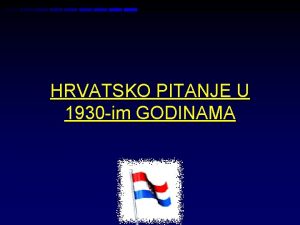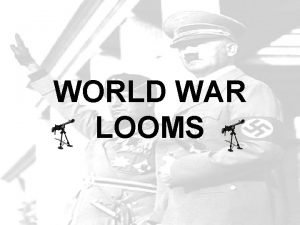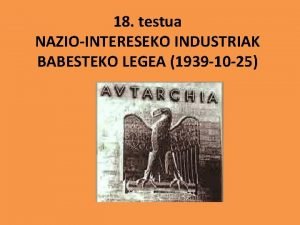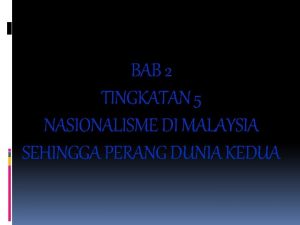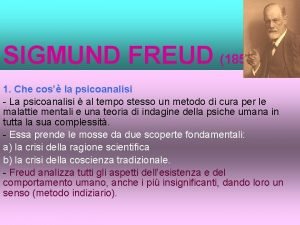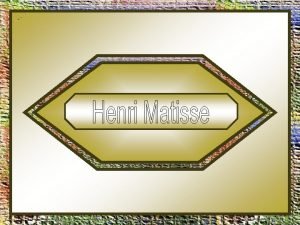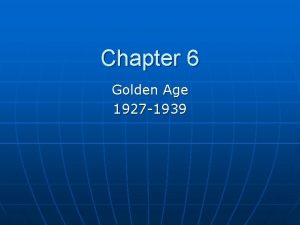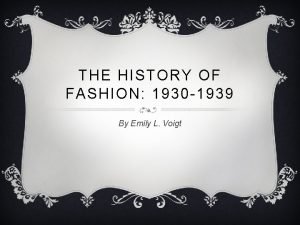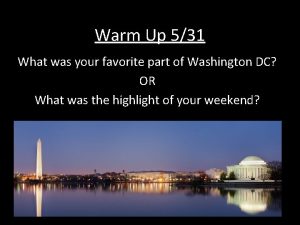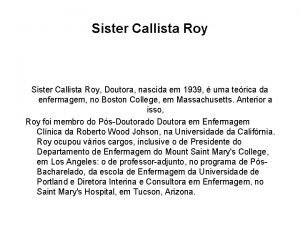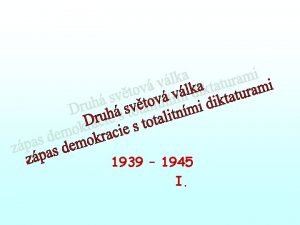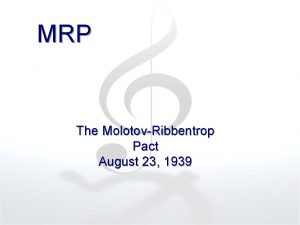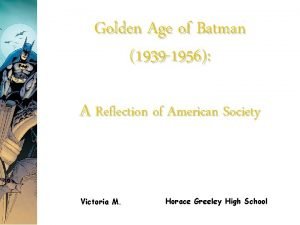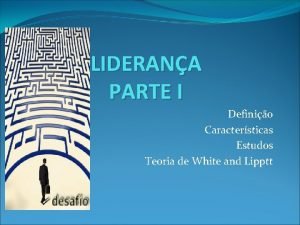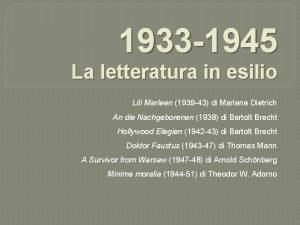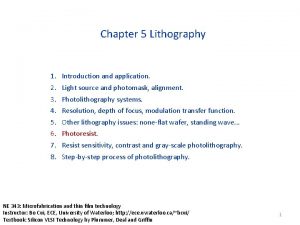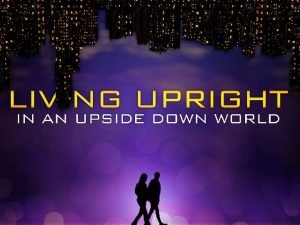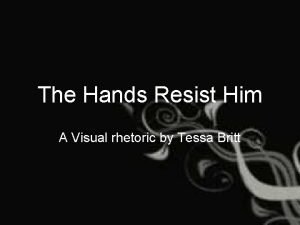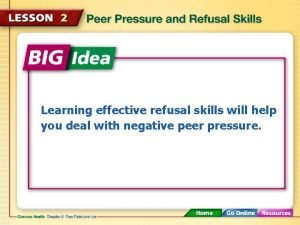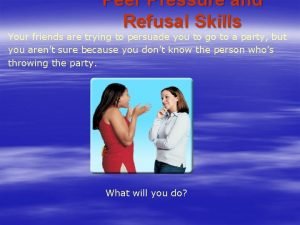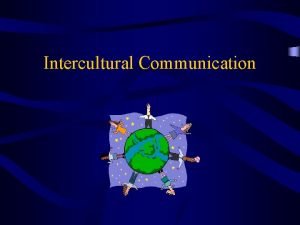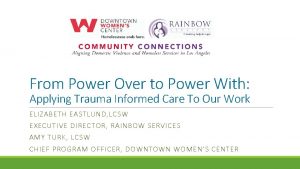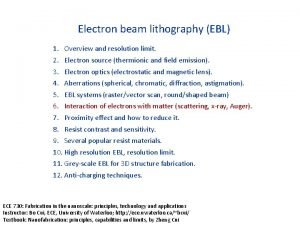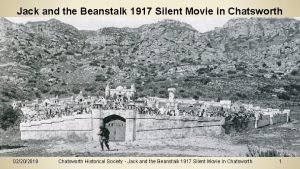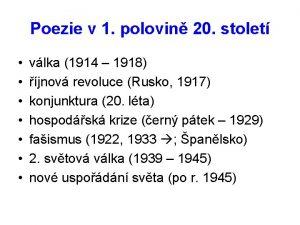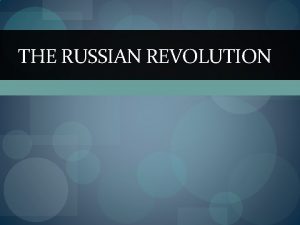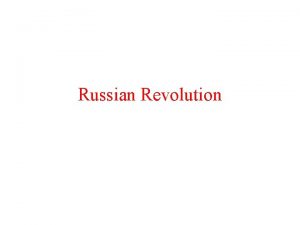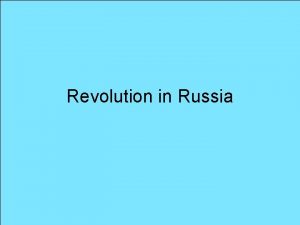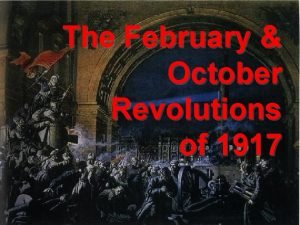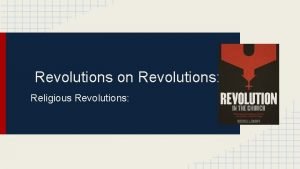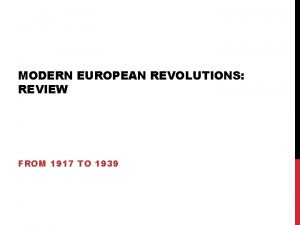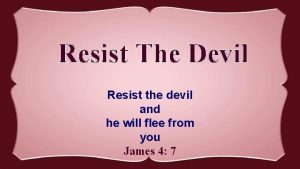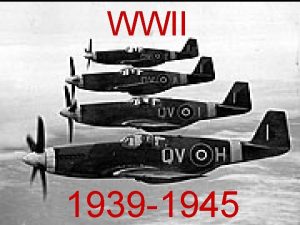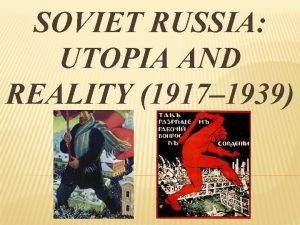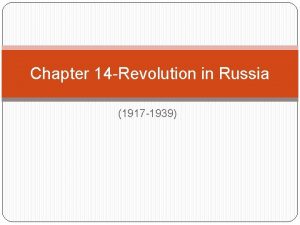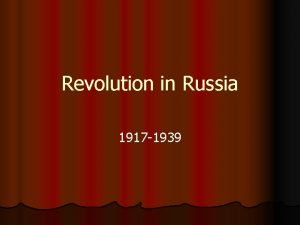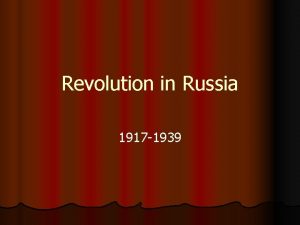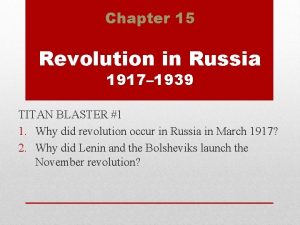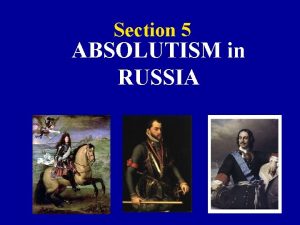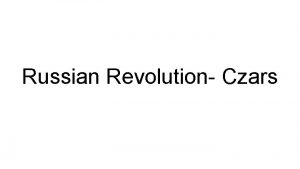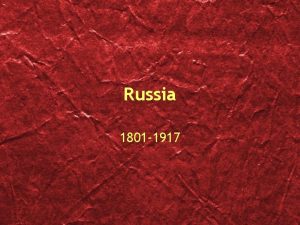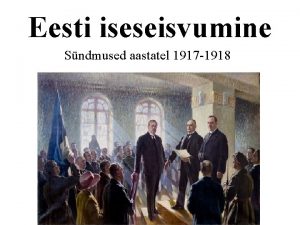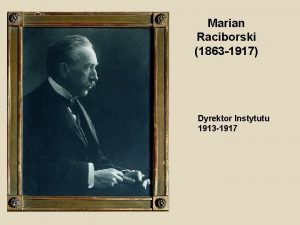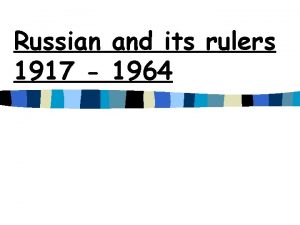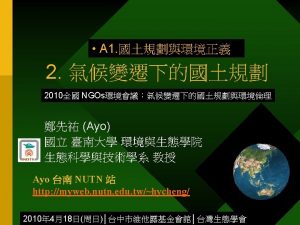Revolutions in Russia 1917 1939 Czars Resist Change





















































- Slides: 53

Revolutions in Russia 1917 -1939

Czars Resist Change (The Romanovs) n From 1613 to 1913 n n n Romanov Dynasty in Russia In 1881, Alexander III succeeded his father, Alexander II, and halted all reforms. Clung to principles of autocracy n Form of government where one ruler had total power.

Czars Continue Autocratic Rule n Alexander III used harsh measures to wipe out revolutionaries. Strict censorship codes on published materials and written documents, this included private letters. n Secret police monitored schools n Political prisoners sent to Siberia n Establish uniform Russian Culture n n Oppressed other national groups.

Czars Continue Autocratic Rule (cont. ) n n n Nicholas II became czar in 1894 Continued tradition of Russian autocracy. Czar Nicholas II ruled Russia during World War I n n He failed to solve Russia’s political, social and economic problems after the Revolution of 1905 Two revolutions would topple the Romanov Dynasty

Czar Nicholas II and his Family

Russia Industrializes n n Number of factories more than doubled between 1863 and 1900 Still Russia lagged behind Funded by foreign investors and raised taxes Trans-Siberian Railway was constructed n n Started in 1891 not finished till 1916 Connected European Russia in the west with Russian ports on the Pacific Ocean in the East.

Revolutionary Movements Grow n n Rapid industrialization stirred discontent. Factories brought new problems. n n Low wages, grueling working conditions, child labor. A group that followed the views of Karl Marx established in Russia n n Believed the industrial class of workers would overthrow the czar The Proletariat “the workers” would rule the country

Marxists Spilt n n More moderate Menesheviks wanted a broad base of popular support for revolution. The more radical Bolsheviks supported a small number of committed revolutionaries willing to sacrifice for change. n Leader of the Bolsheviks was Vladimir Lenin.

Cries at Home and Abroad n Russo Japanese War n n Russia and Japan competed for control of Korea and Manchuria The two signed a number of treaties but these were broken by Russia. Japan retaliated at Port Arthur, Manchuria in February 1904. News of repeated Russian losses sparked unrest at home and led to revolt in the mist of the war.

Revolution of 1905 n Bloody Sunday (1/22) n n Demonstration that resulted in over 1, 000 people killed at Czars winter palace in St Petersburg. Provoked massive demonstrations People called for more democratic reforms Czar created the Duma n Dissolved it after ten weeks

World War I: The Final Blow n n n In 1914 Nicholas II made the decision to drag Russia into WWI. Russia was unprepared to handle the war. Before a year passed more than 4 million Russians had been killed, wounded or taken prisoner.

WWI (cont. ) n 1915 Nicholas moved his headquarters to war front. n n Hoped to rally his discouraged troops to victory. Czarina Alexandra ran government while he was away. Ignored czar’s chief advisers. n Fell under influence of a “holy man” Rasputin n

Rasputin n n The czars son Alexis suffered from hemophilia. Rasputin seemed to ease the boy’s symptoms. To show gratitude Alexandra allowed Rasputin to make key political decisions. He opposed reform and obtained powerful positions for his friends.

Rasputin (cont. ) n n In 1916, a group of nobles murdered Rasputin. They feared his increasing role in government affairs. Meanwhile on the war front soldiers mutinied deserted, or ignored orders. On home front supplies were dwindling and prices were inflated.

The March Revolution n n March 1917 – food, fuel and battlefield disasters n People in the street chanted “Bread, Bread” Czar steps down Duma sets up a provisional government Local governments set up soviets n Councils of workers and soldiers ran by socialists

Lenin and the Bolsheviks

Lenin n Vladimir Ulyanov took the name “Lenin” n n Exiled to Siberia for plotting against the government in 1895 n n Student of Karl Marx Able to return in March 1917 He felt only revolution could bring about changes

The November Revolution n n Lenin and Trotsky promised “Peace, land Bread” for the people November 1917 – Bolsheviks overthrew the Russian government Ended private ownership n Distributed land to peasants n Workers were given control of factories and mines n n Eventually came to be called Communism

Russian Civil War (1918 -1921) “Red” communists vs. “White” czar loyalists n n Communists organized the Cheka or secret police Executed Nicholas II his wife and 5 children “War communism” policy – took over banks, mines, factories and railroads (government control) 1921 communists defeat the czar loyalists n 14 million Russians died as a result of the war

Lenin Restores Order n New Economic Policy (NEP) March 1921 Lenin puts aside his plan for state controlled economy. n Under the NEP reforms allowed peasants to sell their surplus crops. n Government kept control over major industries. n Partly due to this peace returned to Russia after civil war. n

Lenin Restores Order (Cont. ) n n n Saw Nationalism as threat to unity and party loyalty. Lenin organized Russia into several self governing republics under the central government. In 1922 the country was named the Union of Soviet Socialist Republics (USSR)

Lenin Restores Order (Cont. ) n The Bolsheviks named their party the Communist Party. Name came from the writings of Karl Marx n Used the word communism to describe a classless society that would exist after workers would have seized power. n

Building the Communist Soviet Union n The Soviet Union was a “multinational” state ruled by Russia the most powerful state n n n Numerous nations now under the control of Russia In Theory (Marx) – Political power and the means of production would belong to the workers and peasants In Reality – Political power and the means of production belonged to The Communist Party n Used the army and secret police to achieve and keep power

THE NEW FLAG n Symbolized the union between the workers (hammer) & the peasants (sickle)

The New Soviet Union

From Lenin to Stalin

Stalin Become Dictator n n Lenin died suddenly in 1924 Joseph Djugasshvili takes power Was an official under Lenin n Gives himself a new name: Joseph Stalin n Stalin means “man of steel” n n n “Comrade Stalin …. Has concentrated an enormous power in his hands: and I am not sure that he always knows how to use that power with sufficient caution” - Lenin

Totalitarianism n Describes a government that takes total, centralized control of every aspect of public and private life.

A Government of Total Control n n Totalitarian government usually ran by dynamic leader. Police Terror n n Government used of terror and violence to force obedience and crush opposition. Police used to enforce central governments polices. n n n Spied on citizens. Intimidation Often used brutal force and murder to achieve their goals.

A Government of Total Control (cont. ) n Indoctrination Instruction in the government beliefs. n mold people’s minds n n Propaganda and Censorship n n Government control of all mass media Religious or Ethnic Persecution n Created “enemies of the state” to blame for things going wrong.

Stalin Builds a Totalitarian State

Stalin’s Police State n n Secret police used tanks and armored cars to stop riots. They monitored telephone lines, read mail, and planted informers everywhere. n n Even children were used as informers. The secret police arrested and executed millions.

Stalin’s Police State (cont. ) n The Great Purge (1937) A campaign of terror directed at eliminating anyone who threatened his power. n Many old Bolsheviks stood for trial. n n n Executed or sent to labor camps. Ended in 1938 n Estimated 8 million to 13 million deaths.

Russian Propaganda and Censorship n n n Stalin’s government controlled all newspapers, motion pictures, radio and other sources of information. Many writers, composers and artists fell victim to official censorship. Stalin would not tolerate individual creativity that did not conform. Media under Stalin only glorified the achievements to communism under Stalin. The arts were also used as propaganda.

Soviet Propaganda – Stalin “We will achieve prosperity” “Our Great Stalin is the banner of friendship of the peoples of USSR”

Soviet Propaganda – Stalin “We will defeat the drought, too!” “Let the indestructible friendship and cooperation of Chinese and Soviet live and prosper!”

Soviet Propaganda – Anti-US and Capitalism In capitalist countries: / the way of talent. . . In our socialist country: / give way to talent! "European community": The worth of this community is clear for everyone: smile on their lips, balm in their speeches, lies in their thoughts, a knife behind their back!

Soviet Propaganda – Anti-US and Capitalism The dreams of our people have become true! Two Worlds, Two Plans: We Sow Life on the sack: "seed acorns“ on the map: "plan of forest shelterbelts" They Sow Death on the map: "map of military bases“

Soviet Propaganda – Anti-United States "American Freedom". Upper Right – "personal freedom" Lower Right – "freedom of gatherings & meetings" Lower Left – "freedom of opinions" Upper Left – "freedom of press"

Soviet Propaganda – Unity “Be vigilant on your working post!” “Forever together (Russians & Ukrainians)”

Soviet Propaganda – Unity “With every day, our life is getting happier” 1917 -1955: “From the first decrees of the Great October to the bloom of the socialist agriculture”

The Arts of the State n Stalin forced artists and writers to conform to socialist realism Showing soviet life in a positive light n Government censored books, music and art n n Government punishments were issued n n Artists were imprisoned, tortured and/or exiled Popular themes were: peasants, workers, heroes of the revolution and Stalin

Socialist Realism “Lenin with Villagers”

Socialist Realism “Roses for Stalin”

Socialist Realism “Steel Workers”

Socialist Realism “Young Steel Workers”

Education and Indoctrination n Government controlled all education from nursery school to college n n n Communist Party built schools and required children to attend State sponsored youth groups trained future party members The importance of sacrifice and hard work to build the Communist state were stressed

Religious Persecution n Soviet Government forced atheism on population n n Atheism – belief in no god Targeted Russian Orthodox Churches Turned churches into offices and museums n Killed priests and religious leaders n Writings of Marx and Lenin were replaced as sacred text n

Stalin Seizes Control of the Economy n Command Economy n n Government officials made all basic economic decisions – owned all businesses Five-Year Plans n Aimed to make USSR an industrial power n n Government pushed workers and managers to meet goals n n USSR – United Soviet Socialist Republic Received bonuses and punishments Economy improved but standard of living for peasants remained poor

An Agricultural Revolution n Agriculture under government control n Forced peasants to give up their private plots and live on collectives – n n Large farms owned and operated by peasants as a group Peasants resisted collectivism – killed animals, destroyed tools and burned crops

Daily Life Under Stalin n Members of the Communist Party Were the elite n Received the best benefits and homes n n The people Received free education and medical care n Had small housing and limited food n

Women Gain Rights Under Stalin n n n Bolshevik Revolution of 1917 declared men and women equal. Under the five year plan they had no choice but to join the labor force. State provided child care for mothers who were working. Given education opportunities. By 1950 75% of doctors were women. Besides being responsible for their job, women were responsible for the housework and childcare as well.

Total Control Achieved n n By mid 1930 s, Stalin had forcibly transformed the Soviet Union into a totalitarian regime and an industrial and political power. He stood unopposed as dictator. Maintained authority over the Communist Party. He ushered in a period of total social control and rule by terror, rather than a constitutional government.
 Czars resist change
Czars resist change Czars resist change
Czars resist change Russia 1917
Russia 1917 Chapter 14 section 1 revolutions in russia
Chapter 14 section 1 revolutions in russia The geographic feature most responsible for extensive trade
The geographic feature most responsible for extensive trade Mapamundi 1939
Mapamundi 1939 1939 market crash
1939 market crash Mapa historico de la segunda guerra mundial
Mapa historico de la segunda guerra mundial Toplumla sosyal hizmet uygulama modelleri
Toplumla sosyal hizmet uygulama modelleri Revolutionary leaders 1900-1939
Revolutionary leaders 1900-1939 Adam osborne laptop
Adam osborne laptop Harta germaniei naziste
Harta germaniei naziste Novela de 1939 a 1975
Novela de 1939 a 1975 Eileen chang love in a fallen city summary
Eileen chang love in a fallen city summary 1939
1939 September 3, 1939
September 3, 1939 Raymond chandler 1939
Raymond chandler 1939 Poland population 1939
Poland population 1939 Stefan gerken
Stefan gerken Who dominated europe, north africa and asia from 1939-1942?
Who dominated europe, north africa and asia from 1939-1942? Italy population 1939
Italy population 1939 Hrvatsko pitanje 1939
Hrvatsko pitanje 1939 St. louis ship 1939
St. louis ship 1939 18. testu iruzkina
18. testu iruzkina Sumbangan mohammad eunos abdullah
Sumbangan mohammad eunos abdullah Freud uuu
Freud uuu Varför kallas perioden 1918-1939 för mellankrigstiden?
Varför kallas perioden 1918-1939 för mellankrigstiden? British empire in 1939
British empire in 1939 Henri matisse la musique 1939
Henri matisse la musique 1939 Golden age of aviation 1927-1939
Golden age of aviation 1927-1939 1930-1939 fashion
1930-1939 fashion Mapa sudet 1939
Mapa sudet 1939 531 warm up
531 warm up Modelo de callista roy
Modelo de callista roy Stagecoach 1939 cast
Stagecoach 1939 cast What happened on august 23 1939
What happened on august 23 1939 The golden age (1939-1956)
The golden age (1939-1956) White e lippitt (1939)
White e lippitt (1939) Lili marleen 1939
Lili marleen 1939 Journey 2050 student handout 2 word search
Journey 2050 student handout 2 word search E beam lithography ppt
E beam lithography ppt Submit yourselves then to god
Submit yourselves then to god Painting the hands resist him
Painting the hands resist him Example of tenacious objects
Example of tenacious objects Refusal skills and be assertive
Refusal skills and be assertive An effective way to resist negative peer pressure is to
An effective way to resist negative peer pressure is to Hardness test is the ability of a material to resist
Hardness test is the ability of a material to resist How does a plant resist disease and pests journey 2050
How does a plant resist disease and pests journey 2050 Competent intercultural communicators resist ambiguity.
Competent intercultural communicators resist ambiguity. Power to resist trauma
Power to resist trauma Zep resist
Zep resist Resist strip
Resist strip Jack and the beanstalk 1917
Jack and the beanstalk 1917 Brejmyslivec
Brejmyslivec
